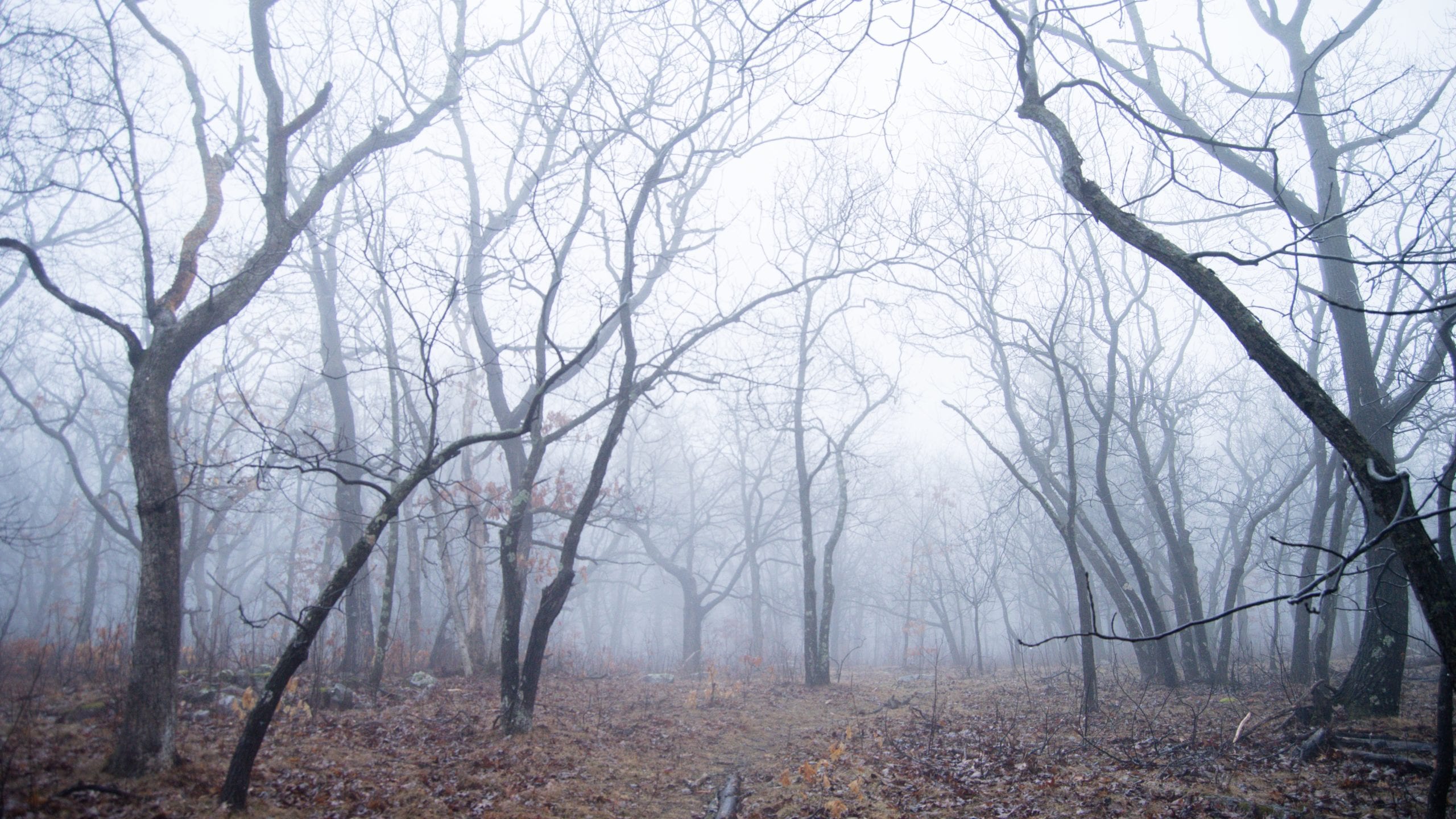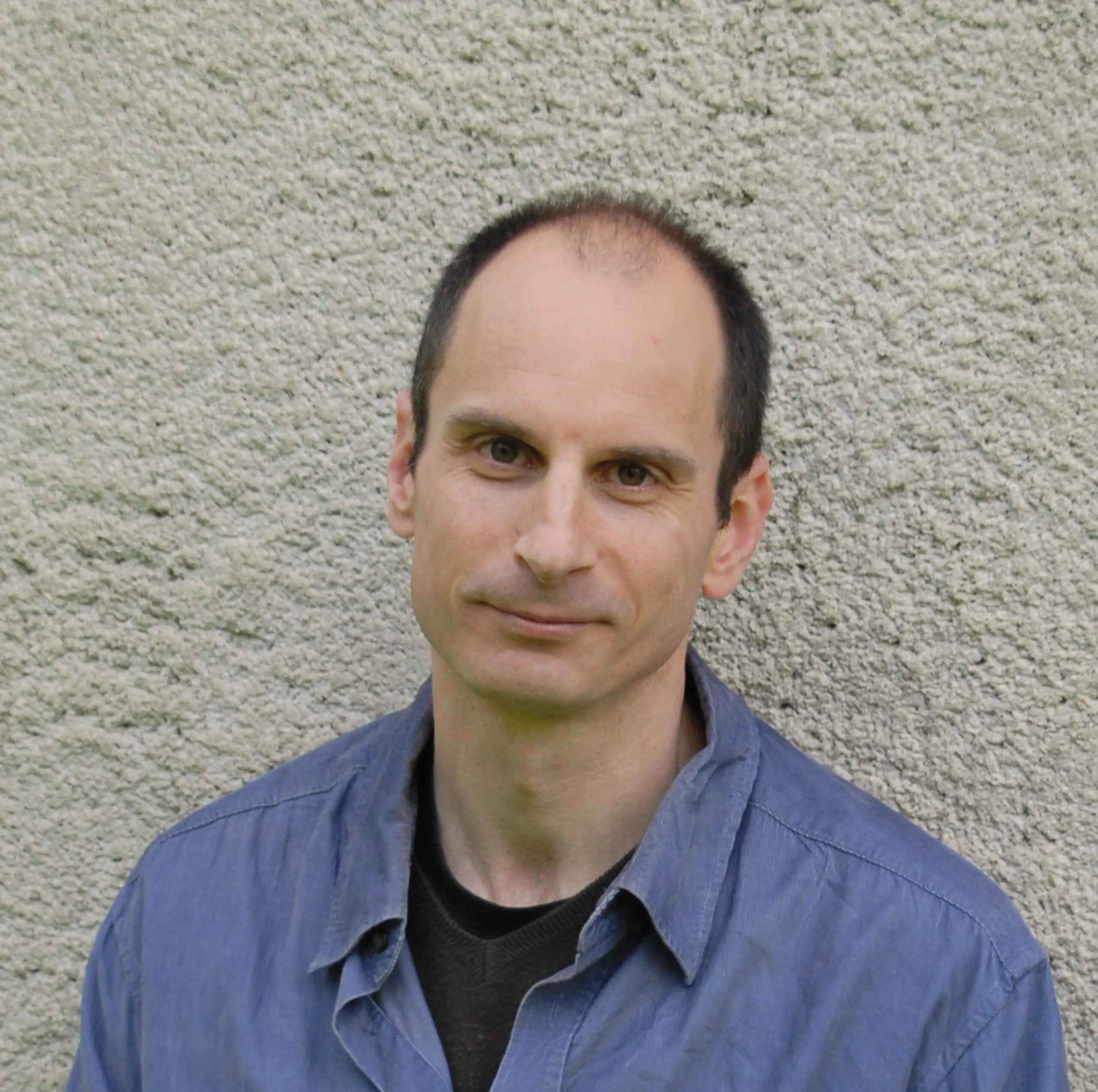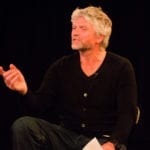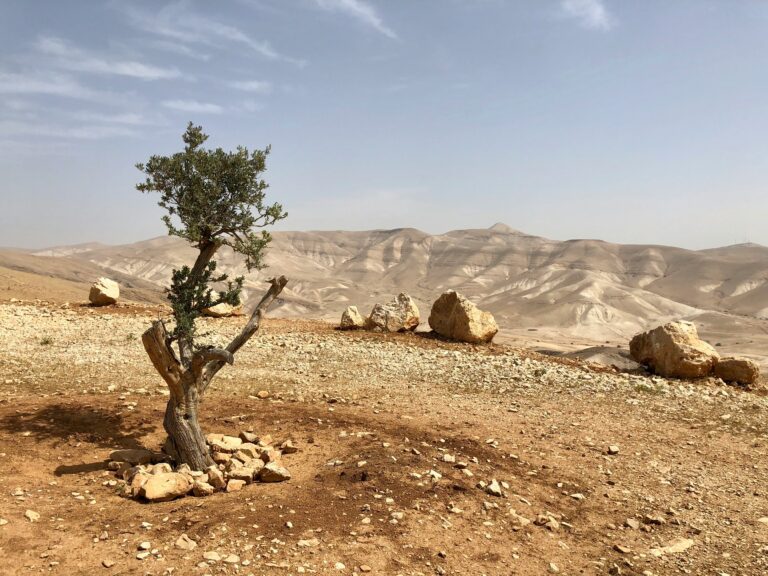One of the popular images of Buddhism, even among Buddhists, is that its message places great emphasis on ‘interconnectedness’ and on ‘non-harming’. To an extent this image is true; and to an extent those emphases inform and shape Buddhist attitudes to Nature. But looking a little more closely at these attitudes, we find the situation is not in fact so simple. What’s more, Buddhism has become so diverse over the 2500 years of its history and in meeting a variety of cultures that it is now impossible to say definitively what are ‘the Buddhist beliefs about and attitudes to Nature’. It may be more fruitful, therefore, to begin by looking at the earliest Buddhist teachings, the Pali Canon, to see what is expressed there, both explicitly and implicitly, regarding Nature, and how that has informed and directed so much of the Buddhism that has come later.
The Nature of Nature
Though many now try to suggest otherwise, the Pali Canon and early Buddhism tend to view the world as something to be transcended: one is reborn repeatedly into the world through ignorance and craving, and through enlightenment there can be an end to that cycle. Monks and nuns were encouraged to live ‘in Nature’, not so much because of any intrinsic worth or sacredness of Nature, but because living away from towns was more conducive to a simple, calm, and undistracted life, free of unhelpful enticements. And a similar aim was primary in shaping the Buddha’s ethical philosophy. Though stressing certain forms of non-harming and including some consideration of animal welfare, and though encouraging the cultivation of kindness and compassion for all sentient beings, the ethical guidelines and trainings set forth by the Buddha were not principally prompted by a sense of the sacredness of Nature or Life; rather they too were advocated because by refraining from obviously causing harm to other sentient beings and by developing a mental habit of kindness one created a simpler life and a more peaceful mind, both of which were regarded as necessary to achieve a depth of meditation, which in turn would eventually enable one to escape this world of samsara forever.
When our only way of knowing Nature and ourselves … is not recognized as just one valid perspective and way of knowing among others, it spawns all kinds of problems.
In addition to this transcendentally-oriented body of teaching, various versions of non-transcendent Buddhism have also been articulated, evolved over hundreds of years in India and in contact with other cultures. Many of these traditions, including for instance some schools of Japanese Zen, carry more obviously a flavour of ‘the soil’. And they are often guided as much by the archetype of ‘the natural human being’, ‘the human being of simplicity’ – an archetype that influences and inspires so many modern western environmentalists – as they are by classical Buddhist teachings. Many of the streams of Thai Forest Buddhism also share that fantasy of natural simplicity, its ethos and sensibility. It is particularly evident, for example, in the teachings of the Thai Forest monk Achaan Chah, as popularized for Westerners by Jack Kornfield and Paul Breiter in the lovely book A Still Forest Pool. But still, teachings on what to believe about Nature, or how to regard it, other than as a support for one’s personal practice, tend not to be central. Not much is said.
Nature in Contemporary Buddhism
Contemporary expressions of Buddhism vary widely in regard to all this. Some resemble Pali Canon Buddhism very closely, retaining its thrust towards a transcendence of the world, along with all that that entails. Some are less transcendentally inclined – for example, much of the lineage of Achaan Sumedho, Achaan Chah’s senior western disciple. There, individual inclinations among the monks and nuns vary considerably; this lineage now encompasses within it a wide range of attitudes to Nature and the environment. Many modern forms of Buddhism strive for a more secular vision and attempt to discard what they view as the cultural baggage of Eastern superstitions, about rebirth, for instance, or different realms of being. Some, however, may also have become in many ways less ambitious, more a set of techniques and attitudes designed to alleviate just a modicum of personal suffering. These versions of contemporary Buddhism, often having much in common with certain psychotherapeutic self-help programs, are generally non-transcendent, and they tend to make simple sense to, and sit more comfortably with, many people in the West today. Their commendable intention is to strip the Buddha’s Dharma (doctrine) down to its essence, the Four Noble Truths – an awareness of suffering, an understanding of how the mind causes suffering, the possibility of relief from that suffering, and a set of practices and guidelines to help move toward that relief. But typically all sorts of assumptions and beliefs absorbed from contemporary culture are still wrapped up, uninvestigated, in the path that ensues.
Nature as Backdrop or Intricate Machine
Nature and the world, for example, can unfortunately just become a mostly irrelevant backdrop to my personal practice – the process of trying to reduce my levels of stress and anxiety, to cope with my life, with my unruly mind and the difficulties of having a body, and with ‘reality’. Often, implicitly and unquestioningly, this ‘reality’, the setting for my practice, is a world and existence that is just what it seems to the modern western mind with its set of, usually unexamined, presuppositions and beliefs.
We are always involved in making ‘Nature’. We may romanticize it, or fear its wild and alien power; we may personify it with imaginal figures… or regard it as a meaningless machine to be figured out and even re-engineered.
This view and the attitudes that underpin it are taken perhaps even further through recent theories and experiments in areas such as the neuroscience of mindfulness. While there is undoubtedly much to discover in that domain, the tenor of such investigations often produces unhelpful limitations, for it supports and is supported by the modernist notion of ‘Nature (or Cosmos, or Human Being, or Mind) as intricate Machine’. Emerging in 17th Century Europe with Descartes, Bacon, and the Scientific Revolution, that idea has since then slowly gathered so much authority that it now almost completely determines how most people in the West intuitively conceive of and perceive Nature. Such a view of things can of course be very helpful at times and in certain ways. But when it is assumed to be the total and only legitimate ‘Truth’, when our only way of knowing Nature and ourselves is through the lens of such a notion, when it is not recognized as just one valid perspective and way of knowing among others, then it spawns all kinds of problems.
As suggested earlier, many people are attracted to Buddhism now because it seems to offer a path of spirituality, or a way of being in the world, that is not dependent on beliefs. But so that Buddhism can continue to grow and serve as a radical resource for those who engage it, and so that any individual Buddhist’s practice and understanding are not unhelpfully limited, it is crucially important to inquire to see just what assumptions and beliefs have in fact been absorbed, whether consciously or unconsciously, from the culture one is living in; and to see just how they are influencing one’s view of Nature and the world.
Meditative Experiences to Transform Our Views of Self and Nature
That said, with the vision of relying less on belief and more on meditation as a path of knowing and understanding, there is an enormous range of meditative experiences that can open, through practice, to potentially transform the way one sees oneself and Nature.
It is possible, for example, to meditate on the theme of interconnectedness, to train oneself to see and feel interconnectedness. One can approach this in many ways. But often the interconnectedness that is highlighted in modern Buddhist teachings is a material interconnectedness. The Vietnamese Zen teacher, Thích Nhất Hạnh, emphasizes this level of interconnectedness very beautifully. One can reflect, for instance, on what was involved in making the paper on which you are reading these words: the trees from which the paper pulp came, the rain that watered those trees, the clouds that released those rains, the ocean waters that evaporated to form those clouds, the sun that warmed the waters to the point of evaporation; the workers on the plantation and at the factory that produced the paper, the food that sustained them and gave them energy, the natural elements and other human beings and perhaps animals that helped to produce that food—all these and more are somehow woven together into this piece of paper. This paper has the clouds, the rain, and the soil in it.
I may also contemplate my own body or my breath in meditation and regard it attentively through an understanding that I am, right now, for example, breathing air that has been breathed by countless others and by trees and plants. And looking more closely I find the apparent divisions between ‘me’ and the air or other elements of Nature are not quite as solid as they seem at first. I can meditate and see in this way until it becomes easily accessible to me as a way of knowing and being in the world and until my heart feels the implications of this interconnectedness. For some, though not for all, this kind of awareness does open up some sense of the sacredness of Nature.
There are also other aspects or levels of interconnectedness that can be realized through meditation. Certain experiences and perceptions can sometimes open when meditation deepens, that can in many cases strongly influence the attitude to Nature. One example is a meditative seeing of oneness. And two of the more common mystical perceptions for a meditator here are that ‘all is Awareness’ or ‘all is Love’; that materiality and solidity is a kind of illusion and the ‘stuff’ or ‘substance’ of the world, and everything in it, is actually Awareness or Love. For a number of reasons these are usually very beautiful and heart-opening experiences, and each may well lead to a particular sense of the sacredness of Nature. This is not always so, however, and for a minority they might instead lead to a kind of nonchalance in relation to Nature and the world: “It’s all one; it’s all only Awareness. So it doesn’t really matter much what happens.”
Reductionist scientific materialism has a certain value, but it is not the whole picture and cannot provide us with all the perspectives and insights that we need.
This view of oneness and this level of experience is one that, with persistent practice, a meditator will eventually go beyond. For as meditation and insight deepen further, more profound levels of interconnectedness are realized. We understand that not only is the matter of the world interconnected, but that in an even more fundamental way the mind and the world are not ever separate. The world is always seen, sensed, known, through the mind; and the mind, we might even discover, creates or ‘fabricates’ the world, in a certain sense. Even when there is no thinking, some or other subtle conception always remains to form, colour, and inform our way of looking and so our experience of things and the world. ‘Nature’, we come to understand, is not separate from mind, and does not exist in some objective way; it is not inherently ‘like this’ or ‘like that’. (As Buddhists say, Nature is, along with all things, including the mind, ‘empty’.) Of course Nature in a number of ways creates and shapes the mind too–that we can easily see. But it is the reverse contingency that is most fruitful to comprehend here: We are always involved in making ‘Nature’. We may romanticize it, or fear its wild and alien power; we may personify it with imaginal figures, with angels and daemons, imagining and sensing the cosmos as multi-leveled, multi-dimensional in some way and divine in essence, or regard it as a meaningless machine to be figured out and even re-engineered. But none of these perspectives, and certainly not the currently widespread modernist view, will ever be the whole truth or the ultimate truth.
Many Possible Doors of Perception
We are left then not in perplexity, nor in a dismissal of the world, but in mystical awe of it all. And we are left too with a freedom to see in different ways. Through such a depth of understanding, many possible doors of perception become available and are recognized as valid perspectives. How, then, do we want to see ‘Nature’ at any time? And what are the effects of different conceptual frameworks and ways of looking – on our hearts and our consciousness, on our civilization and culture, and on the other species that inhabit the Earth? What ways of looking will open a sense of sacredness, of care, of deep beauty, and meaningfulness?
Here we move away from any rigid clinging to a tight notion or definition of ‘truth’ or ‘reality’, and open the possibility of seeing and sensing more ‘poetically’. For we realize that, in some way or other, the state of the consciousness, the heart, and the imagination are, along with the conceptual framework of the moment, always part of our sensing and knowing ‘Nature’ anyway. Acknowledging this and becoming more aware of it, we can respect each of these facets and explore what they open to us.
In relation to the environmental emergencies we face and as a part of helping to develop a healthier relationship of humanity with Nature, this profound insight into perception and reality and what it opens for us might be the most significant gift that Buddhism has to offer. We cannot, at this point in the evolution of knowledge and civilization, indulge our nostalgia and revert to a kind of simplistic primitivism. After centuries of modernism, very few will be able to really believe that kind of view. Our understandings and views need not to regress but to progress beyond modernism. And that probably means expanding our comprehension of what constitutes valid knowledge of Nature. Reductionist scientific materialism has a certain value, but it is not the whole picture and cannot provide us with all the perspectives and insights that we need.
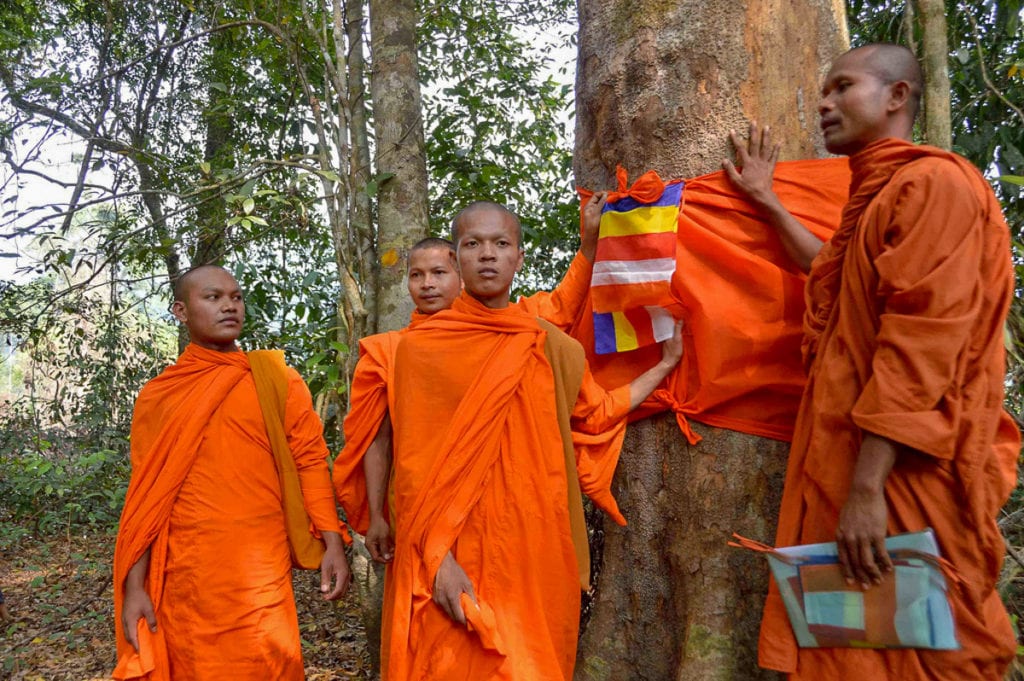
Importantly, opening the doors in such a direction would also be congruent then with insights and developments in Western philosophy and psychology, and even with the most advanced of the sciences. For in its own way physics too has, in the last hundred years or so, gone well beyond the mechanistic and simplistic view of reductionist materialism: reality is no longer construed as being made of little billiard ball-like things, existing in absolute time and space, independent of the observer.
Surveying its history, then, Buddhism might seem not to have deeply considered or offered much to our relationship with Nature. But more recently some of its streams are beginning in different ways to respond more actively to the environmental situation. In Cambodia and Thailand, for example, on the edges of forests threatened by clear-cutting, monks have ceremoniously wrapped monastic robes around trees, marking the trees as ‘ordained’ into the monastic lineage. They realize that, since their culture does not respect or see sanctity in Nature nearly as much as it respects and sees sanctity in the monastic clergy, this may be the only timely way of changing people’s perception of the forest.
Stretching the Framework
And as the recognition of the urgency of our various ecological crises begins to dawn in the global consciousness, some Buddhists, still perhaps in the minority, are beginning to realize something more basic – that the traditional conceptual framework of Buddhism and its Four Noble Truths needs stretching so that it includes and addresses the suffering caused by climate change and environmental degradation, as well as other social injustices. Christopher Titmuss’s book, The Green Buddha, for example, does just that; as does Thích Nhất Hạnh’s expansion of the traditional ethical precepts in the Community of Interbeing to include an active caring about one’s carbon footprint and one’s impact on the environment. In much of Joanna Macy’s work the emphasis is more on reconnecting – to our awareness of the Earth’s magnificent web of life, its evolution, and our place in it all, as well as to the complex of deep and often difficult emotions we may have suppressed in disconnecting from Nature. And an exploration of all of these aspects is supported through courses, teachings, and wilderness experience at Guhyapati’s EcoDharma Centre in the Spanish Pyrenees, where trainings in compassionate environmental activism are also offered.
In the UK, DANCE (Dharma Action Network for Climate Engagement), and in the USA, similar initiatives such as Buddhists for Climate Action and One Earth Sangha, seek to creatively explore, to give birth to, galvanize, and empower a wide range of Buddhist responses to the global environmental emergency. Through all of these strands a realization is slowly emerging that meditation and the direction of practice are always informed by conceptual frameworks, views, images, and fantasies – of where the path leads, what ‘Enlightenment’ looks like and involves, and of the nature of Nature, of the world in which we live.
These understandings, as well as the more profound insights described earlier, offer potentially exciting and life-giving avenues which Buddhism might fruitfully explore in its evolution. No longer tied to one way of looking and conceiving–to seeing the world as a realm from which to escape, or to seeing Nature only through the assumptions of modernism–we can open a freedom to see in myriad ways, to see sacredness everywhere, perhaps, and allow love and passionate care into our relationship with the natural world.

